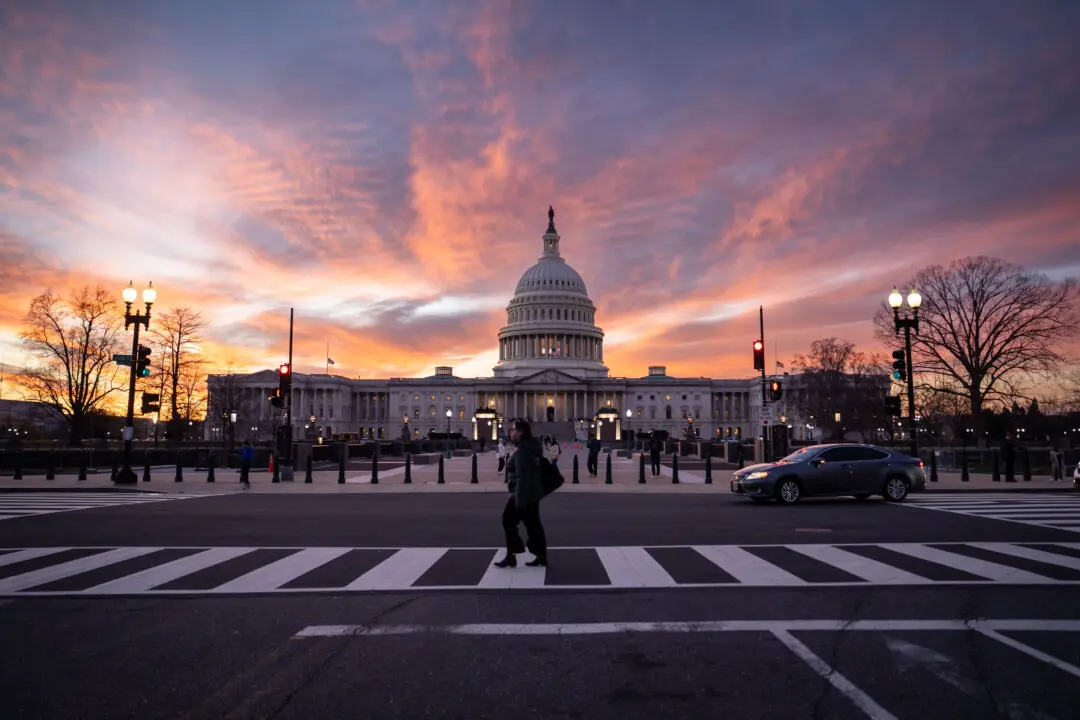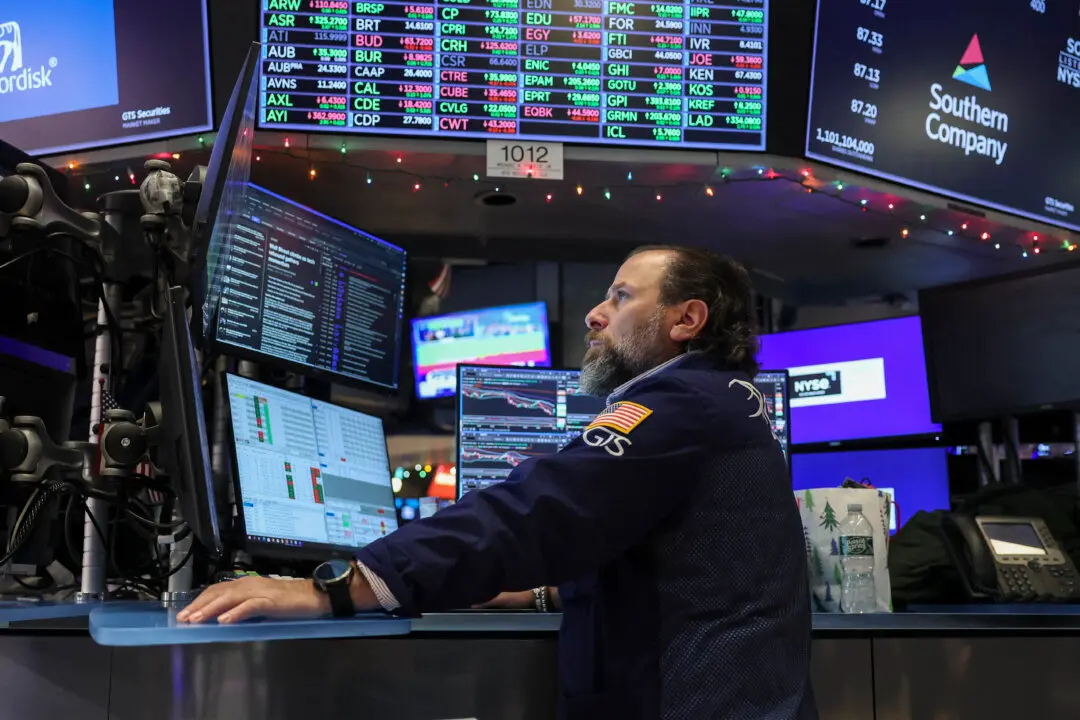News Analysis
It was a year that investors will not look back on with great nostalgia, as all three leading benchmark indexes touched bear market territory before paring some of their losses. Year to date, the Dow Jones Industrial Average has declined about 8 percent, the S&P 500 Index has fallen nearly 20 percent, and the Nasdaq Composite Index has tumbled almost 30 percent.





